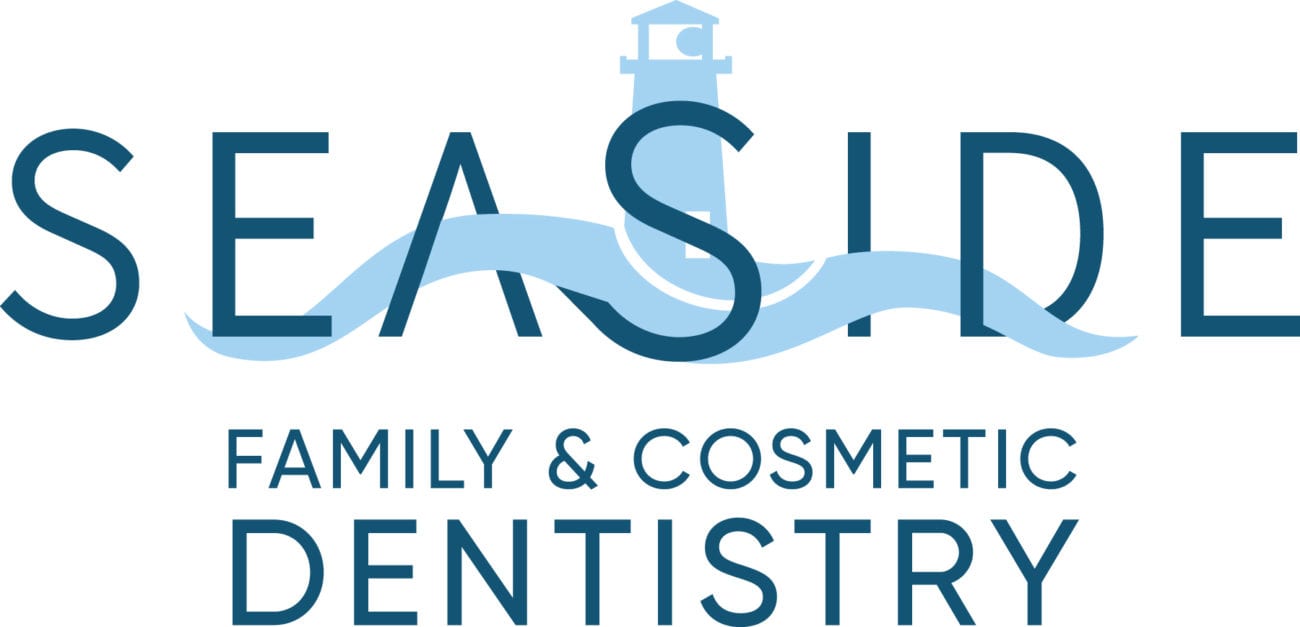Tooth extraction, though common, requires diligent aftercare. Proper aftercare often prevents complications and promotes faster recovery. Without it, you risk infection, delayed healing, or other dental issues. Understanding the steps better ensures a smooth recovery process, helps maintain oral health, and prevents further dental problems.


Managing Pain and Swelling
Pain and swelling are common after a tooth extraction. Use prescribed medications to manage discomfort effectively. Over-the-counter pain relievers like ibuprofen can also help reduce inflammation and alleviate pain. Apply an ice pack to the affected area for 15 minutes. This often reduces swelling and numbs the area. Do not apply heat, as it may worsen swelling. Rest and avoid physical activity for at least 24 hours. This reduces the risk of increased bleeding or swelling. Elevate your head when resting to minimize swelling. Avoid bending over or lifting heavy objects. These activities can exacerbate swelling and discomfort.
Controlling Bleeding
Bleeding is common after a tooth extraction. Bite down on a gauze pad for 30 minutes to control it. This helps form a blood clot and stops bleeding. Replace the gauze if bleeding continues. Avoid spitting or rinsing your mouth for the first 24 hours. This can dislodge the clot and cause further bleeding. Keep your head elevated to reduce bleeding and use extra pillows when sleeping. Avoid sucking on the wound or using straws. These actions can disrupt the clot and prolong bleeding. If bleeding persists, contact your dentist.
Dietary Considerations
Your diet impacts healing after a tooth extraction. Stick to soft foods for the first few days. Pudding, yogurt, and applesauce are good choices. Avoid hard, crunchy, or spicy foods. These can irritate the extraction site. Drink plenty of fluids, but avoid using straws. Suction from straws can dislodge the blood clot. Gradually reintroduce solid foods as healing progresses. Ensure foods are not too hot, as heat can irritate the area. Cold foods can soothe the site and reduce swelling. Stay hydrated to support the healing process. Avoid carbonated drinks, as they can disturb the clot.
Oral Hygiene Practices
Maintaining oral hygiene is crucial after an extraction. Avoid brushing the extraction site for 24 hours. Rinse your mouth with a saltwater solution. Do this gently to avoid disturbing the clot. Avoid commercial mouthwashes, as they may irritate the area. Continue regular brushing and flossing for other teeth. Use a soft-bristled toothbrush to prevent irritation. Be gentle when cleaning around the extraction site. Proper hygiene helps prevent infection and promote healing. It also maintains overall oral health during recovery.
Avoiding Harmful Activities
Certain activities can hinder healing. Avoid smoking or using tobacco products. Nicotine reduces blood flow and delays healing. Do not consume alcohol for at least 24 hours. Alcohol can interfere with medications and slow recovery. Avoid strenuous exercise for a few days. Increased blood pressure can cause bleeding. Refrain from touching the extraction site with your tongue or fingers. This can introduce bacteria and cause infection. Avoid chewing on the side of the extraction to prevent irritation and aid healing.
Recognizing Signs of Complications
Be aware of signs indicating complications. Severe pain after a few days may signal dry socket. This occurs when the blood clot dislodges. Swelling that worsens or doesn’t improve can indicate infection. Fever or chills also suggests infection. Contact your dentist if you experience these symptoms. Early intervention often prevents further complications. Bad breath or an unpleasant taste can also indicate infection. Persistent numbness may suggest nerve damage. Monitor your symptoms closely and report concerns promptly.
When to Contact Your Dentist
Knowing when to contact your dentist is important. Persistent bleeding after 24 hours requires attention. Severe pain not relieved by medication needs evaluation. Any signs of infection should prompt a call. Your dentist can provide guidance and treatment. Do not hesitate to seek professional help. Timely intervention could prevent serious complications. Your dentist can assess your condition and offer solutions. Regular follow-ups ensure proper healing and recovery.
At Seaside Family & Cosmetic Dentistry, our team provides exceptional care and guidance. We prioritize patient comfort and satisfaction. Our services include preventive, restorative, and cosmetic dentistry. We offer personalized treatment plans. Contact us today to schedule a consultation and learn more about our dental care services.
